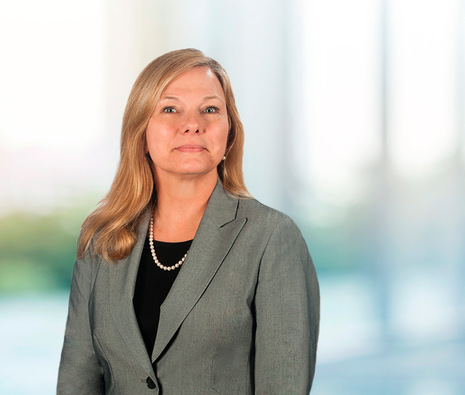South Carolina Supreme Court Clarifies Statute of Repose
In 2001, the developer of a condominium project brought an action against the manufacturer of windows installed in the condominiums, seeking indemnity for liability the developer might incur to the homeowners’ association for water intrusion and other problems resulting from allegedly defective windows. Ocean Winds Corp. of Johns Island v. Lane, 556 S.E.2d 377 (2001). The United States District Court, before which the case was pending, certified a question in the case, seeking determination by the South Carolina Supreme Court whether the statute of repose, set forth in S.C. Code §15-3-640 ran from substantial completion of the window installation or substantial completion of the building.
In the formulation of its response to the certified question, the Supreme Court looked to S.C. Code §15-3-630(b), which provides, in pertinent part, that “substantial completion” means that degree of completion of a project or improvement, upon attainment of which the owner can use the same for the purpose for which it was intended.[i] Finding the windows could be used for the intended purpose, the court held the statute of repose began running upon completion of window installation.
The statute of repose was amended in 2005. In addition to modifying the time limitation from 13 to eight years, the amendment also included a new provision: “For any improvement to real property, a certificate of occupancy… shall constitute proof of substantial completion of the improvement…, unless the contractor and owner… establish a different date of substantial completion.”
Recently, the United States District Court certified another question, specifically, whether the 2005 amendment of §15-3-640, through the provision addressed above, establishes the date of “substantial completion of the improvement” is measured from the date of the certificate of occupancy, superseding the holding of Ocean Winds. Mark Lawrence, individually and on behalf of others similarly situated v. General Panel Corp. 2019 WL 100382 (January 4, 2019). Following a multi-step analysis, the Supreme Court found the 2005 amendment to §15-3-640 did not supersede the holding of Ocean Winds.
In reaching its response to the certified question, the court concluded if the Legislature intended the date of substantial completion always to be the date of the certificate of occupancy, the obvious way to accomplish that purpose would be an amendment of the definition of “substantial completion” under §15-3-630(b). That definition has not been changed since the initial enactment of the statute in 1970. Furthermore, if the Legislature intended exclusive reliance upon a certificate of occupancy, which is only upon completion of a project, it would no longer be necessary to provide that “substantial completion” could be the completion of a specified portion of a project, also addressed in §15-3-630(b). Finally, the court concluded if the Legislature intended to supersede its earlier opinion, it would have amended §15-3-630(b), the provision upon which the court relied in rendering its opinion in Ocean Winds.
Taking its analysis a step further, the court offered the purpose of the sentence added in 2005 was to establish prima facie proof of “substantial completion,” notwithstanding any ongoing work on an area or portion of a project. Pursuant to the 2005 amendment, the statute of repose begins to run upon issuance of the certificate of occupancy, at the latest.
While assessing comfort with this clarification of the statute of repose, the practitioner should consider this opinion is a 3-2 decision. The dissenting justices also analyzed the court’s opinion in Ocean Winds and the subsequent modification of the applicable statute which it characterizes as the Legislature’s definition of “substantial completion.” Relying on the importance of legislative intent, the dissent asserts the intent of defining “substantial completion” was clear; it represented a legislative compromise intended to provide certainty. So, while the court has spoken for the time being, remain mindful of the interest in reaching a different conclusion.
[i] The owner and the contractor may reach a written agreement establishing the substantial date of completion.
Cheryl D. Shoun is a trial attorney and certified mediator whose experience includes construction law, insurance defense, personal injury defense, employment litigation and medical malpractice. As a frequent writer, she serves as editor for Nexsen Pruet's TIPS: Torts, Insurance and Products Blog.
About Maynard Nexsen
Maynard Nexsen is a full-service law firm of 600+ attorneys in 31 locations from coast to coast across the United States. Maynard Nexsen formed in 2023 when two successful, client-centered firms combined to form a powerful national team. Maynard Nexsen’s list of clients spans a wide range of industry sectors and includes both public and private companies.
Related Capabilities








